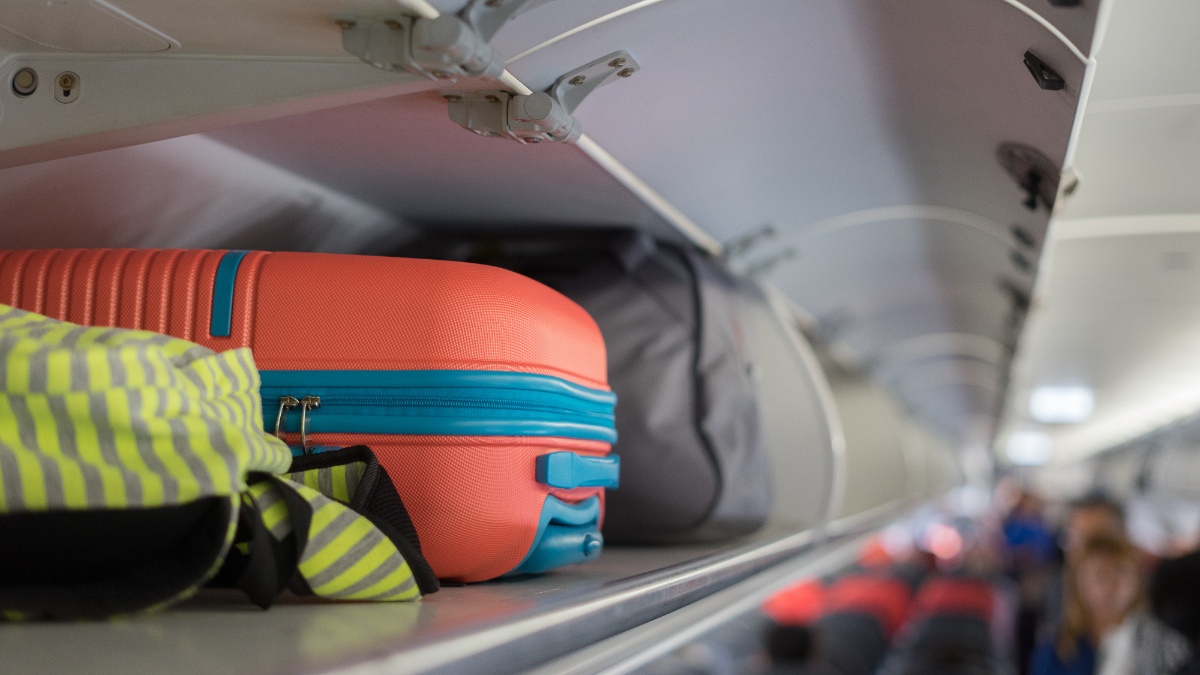In early February, a tarantula sank its fangs into an Iberia pilot during a flight from Düsseldorf to Madrid. What could have been just an odd mid-air anecdote took a more serious turn when it was discovered that the pilot was allergic to spider bites. Luckily, the crew acted quickly, administering a corticosteroid, and the situation remained nothing more than a nerve-wracking scare rather than a full-blown medical emergency.
This unexpected in-flight drama raises an important question: how risky is it to transport certain animals on commercial flights? Can a spider actually board a plane legally? Did the pilot become Spiderman? Under what conditions should exotic pets (and superheroes) travel?
Airlines policies regarding non-human passengers
Airlines have the final say when it comes to allowing pets on board. After all, they are private companies that can hold no-entry policies. In Europe, the rules are laid out in Regulation 576/2013, which not only permits the transport of dogs, cats, and ferrets, but also allows ornamental fish, amphibians, and reptiles under specific conditions. However, for certain species (especially those classified as dangerous or endangered) additional permits and certifications are required.
When people think about traveling with pets, the usual image is a dog or cat comfortably tucked inside a carrier. But what happens when the passenger is a turtle, a snake, or even a lizard? How exactly does one safely transport a reptile at 35,000 feet? And what extra precautions come into play for species that require special protection?
The fine print on flying with unusual pets
Along with the usual furry travelers, ornamental fish, amphibians, and reptiles can also hitch a ride on commercial flights. But don’t expect to stroll onto a plane with a goldfish bowl or a turtle in your pocket —there are some strict rules in place.
For less conventional travel companions, airlines require two key conditions to be met:
- The animal must be able to stand naturally inside its carrier without touching the sides or the top. No squeezing or bending allowed!
- The carrier itself must meet the International Air Transport Association (IATA) certification standards, ensuring it’s safe and suitable for flight.
Beyond that, airlines require proof that the animal is in good health and meets all necessary regulations. The carrier must offer proper ventilation, temperature control, and security to keep the little traveler safe throughout the journey.
According to aviation experts, it’s always a good idea to double-check an airline’s specific policies —some carriers may have extra requirements depending on the species.
Pay attention to the destination
One important thing to keep in mind is that travel regulations often depend on the destination country. Take rabbits, for example—can you bring one on a plane? Technically, yes. But some countries, like Colombia, restrict the entry of certain small mammals, especially if there’s a disease outbreak in the country of origin.
In other cases, certain dog breeds and their mixes face travel restrictions. However, the biggest factor is meeting the destination’s health requirements: vaccinations, microchips, and paperwork must all be in order.
And let’s not forget the airlines themselves. Each carrier has its own pet policy, and that can make or break your travel plans. Some airlines allow pets in the cargo hold but not in the cabin, while others don’t permit animals on board at all. At the end of the day, airlines are private companies, and they set their own rules. So before booking that flight, it’s best to check twice.
Guide dogs: The VIP passengers of the pet world
For blind or visually impaired travelers, guide dogs are allowed to fly across Europe without restrictions. The only condition? The dog must be officially recognized as an assistance animal.
Sounds simple, right? Well, not exactly. The tricky part is that there’s no universal definition of what qualifies as a guide dog. In the past, the standard was clear —a guide dog was any dog trained by an organization affiliated with Assistance Dogs International (ADI) or the International Guide Dog Federation (IGDF). These groups ensured that the dogs were professionally trained to assist individuals with disabilities.
Today, the lines are a bit blurrier, and the definition can vary depending on the airline and country. While guide dogs generally have more travel privileges than other animals, it’s always wise to check the specific regulations ahead of time.


